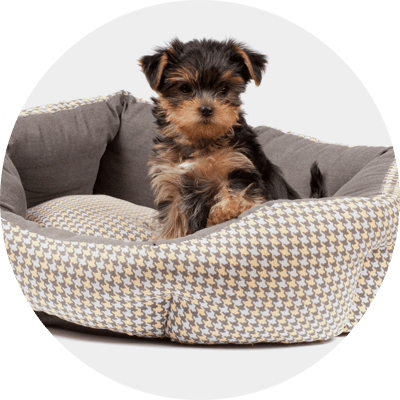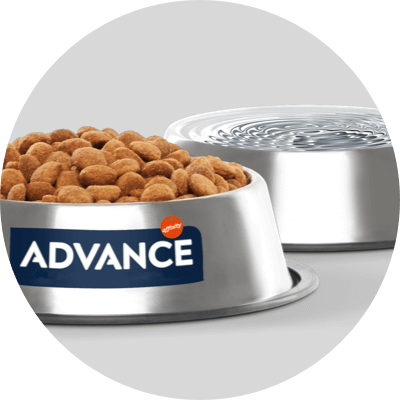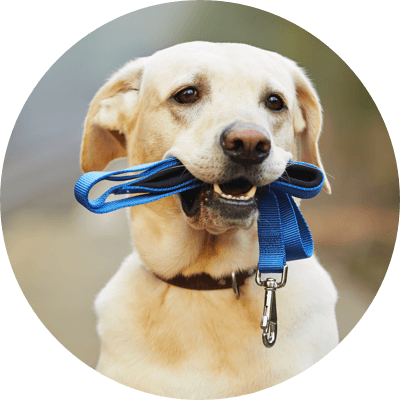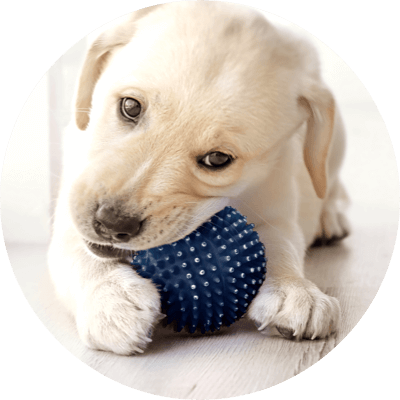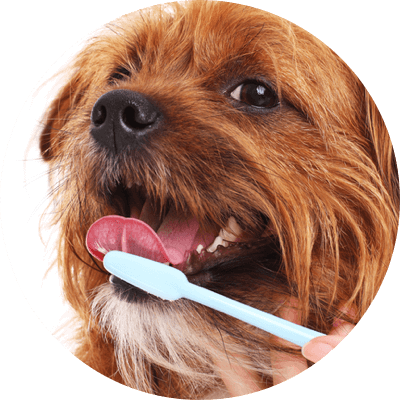You're about to receive your new puppy, how exciting!
Here we explain what you need to think about before their arrival
Over the coming days both of you are going to experience big changes, which may sometimes involve feeling nervous and disorientated. With that in mind, help them and make their arrival as easy as possible, so that they can get used to their new surroundings.
PREPARATIONS FOR THEIR ARRIVAL
Make sure that they will live in a safe place
INSIDE THE HOME
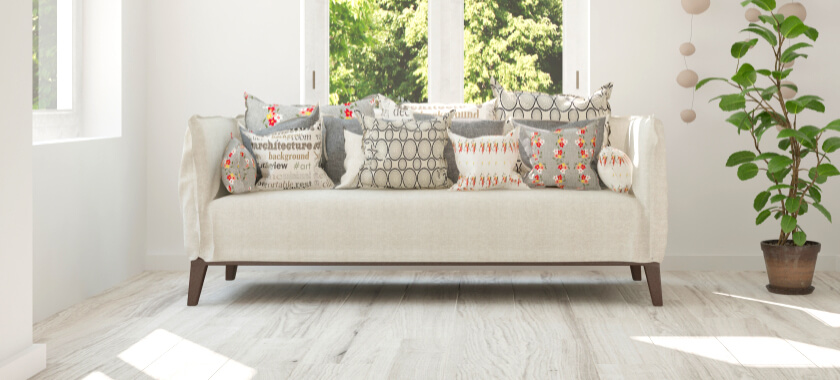
INSIDE THE HOME
Remove objects that may cause them harm, for example cables and wires, and be careful about where
you keep harmful products.
Remember that they are in a new environment and they will want to
explore and play with everything within their reach. For this reason, if you think that some
object or other may get damaged, it will be better that you leave it out of their reach.
OUTSIDE
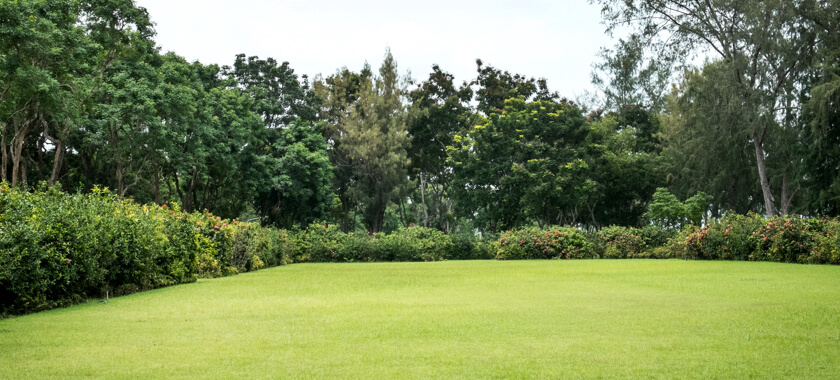
OUTSIDE
If your puppy is going to be in a garden or on a terrace unsupervised, make sure that there are no holes or gaps through which they could escape or fall from a height.
ARRIVING HOME
Allow your puppy to explore and get to know their new surroundings. Show them where their things are, give them peace, affection and understanding. Leave them to explore the different rooms and let them sniff around without telling them off. In the first few days, until they get used to their new home, it would be good if they could enjoy your presence as much as possible, but not be given constant attention. Remember to allocate them a place to sleep.
Explain to the children how they need to treat them: teach them to play with the puppy, but also to respect their moments of peace and quiet. Especially over the first few days, supervise all the time that the children and the puppy are together.
If the other pet has been in the house for a longer time, it’s possible that they will need time to get used to the new member of the family. Give them time and do not tell them off if they are not behaving as you would have hoped straight away, and above all, do not neglect the pet that arrived first. Reward them when they behave well in each other’s company.
Ignore them, because they will be doing it to seek attention. If they cry during the night or when alone, you could put a bottle of lukewarm water wrapped in a towel in their bed to remind them of their mother’s warmth, or also a wind-up clock so that the tick tock reminds them of a heartbeat. Go and comfort them if they are ill at ease, but do not always go to them when they call.
The best time to tell your puppy off is when you catch them “in flagrante” doing something that
they shouldn’t do, so that they associate the action with the telling off. Always apply the same
treatment and insist on it so that they learn.
If they cause damage whilst they are home
alone, don’t pay them any attention for a few minutes before going out and do the same thing on
your return. Do not greet them until they are quiet and have stopped following you. If you tell
them off when you arrive home, they will not associate it with the act of causing damage and you
will only end up making them fearful of you. Also, when you leave them at home alone, make sure
that they are in a safe place in the house where they cannot do harm to themselves or damage
anything else.
Carry them in your arms for the first few walks so that they get used to the sounds on the street, and by doing so you will make sure that in future they are not afraid and do not react aggressively towards the sounds.
Firstly you need to teach them to walk on the lead. To do this, get them used to wearing a collar in the house. Teach them to walk by your side. How? Every time they tug on the lead, change direction to disorientate them. Do this all the time during the first walks, and they will learn to adapt themselves to your pace.
Your puppy cannot control their sphincter, which means that it is pointless to tell them off when
they urinate or defecate in an inappropriate place. How do you teach them?
• Cover a large
surface with newspaper
• Throw a few drops of bleach onto the newspaper so that they feel
motivated to do it in that place
• Little by little remove pieces of newspaper, until there
is only one sheet left.
When they start to go out into the street, for the first few days go
out with the piece of paper. When they do it on the paper, reward them with a snack.
The first time they get into the car, let them sniff it and explore it. Try to make it so that they find a special toy or a snack of some sort. To begin with journeys should be shorter, and little by little you will be able to do longer trips. Remember that they cannot be left loose in the car, so they should go either in a carrier on the back seat or in the boot or the rear part of the car with a specific net or grille.
IDENTIFACATION
MICROCHIP
The puppy that you have just adopted is identified by the microchip
required by law. It is their “ID card”, which means that it is obligatory, and
furthermore if they are lost, it is almost the only way of getting them back.
It is a
simple device that the vet implants below the skin, around the neck or withers area. It
has a numerical code on which all of your details and those of your pet are
stored.
Remember to update the details on the microchip should any of your personal
details change.
TAG
It is advisable that you also hang a tag off your puppy’s collar, with their name and your telephone number, in order to find you quickly should your dog get lost. Furthermore, in some autonomous communities it is obligatory.
CENSUS
The law requires you to register your pet in your municipality’s census. What do you need
to hand over in order to register your dog?
• Copy of the veterinary passbook
•
Copy of your ID card
• Copy of the document proving registration on the
Identification of Pets Record (you will be given this when you collect your puppy)
•
Fill out the census form and pay the established fee
FOOD
For the first few days it is possible that your puppy will suffer from digestive upset and that they will not want to eat. This is normal, do not be shocked and help them to get over it by giving them the same food that they were given before they came home with you. Leave the food within reach for around ten minutes and then take it away even if they have not tried it. Don’t leave their bowl full of food for the whole day; it is important that they become accustomed to getting food through you.
How do I change their feed?
Don’t do it in a drastic way. Begin to
introduce it after a week, mixing the new with the existing food.
How do I change their feed?
Don’t do it in a drastic way. Begin to
introduce it after a week, mixing the new with the existing food.
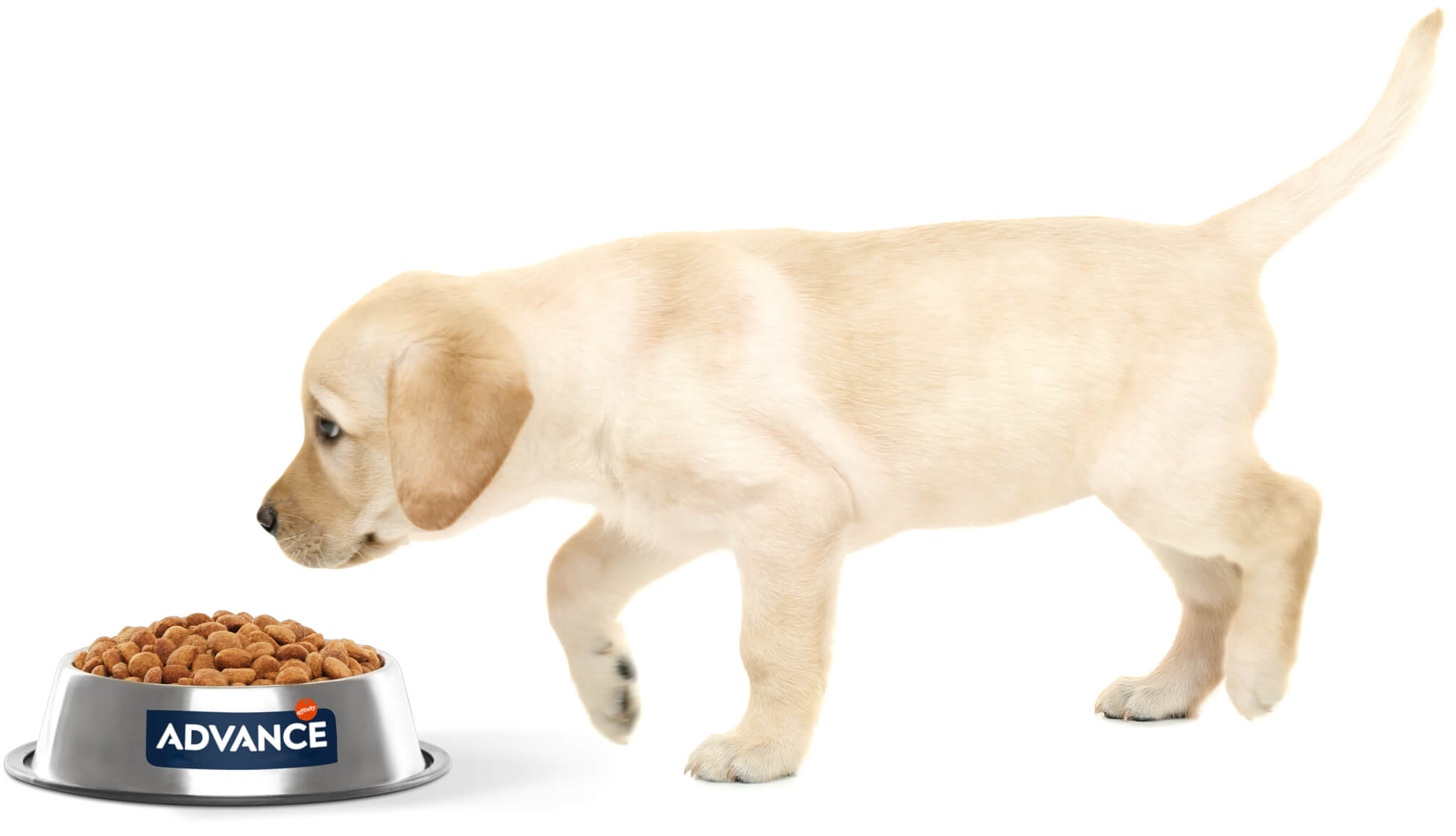
What should they not eat?
• Bones: especially those of birds, because they can
splinter and cause stomach or intestinal punctures.
• Sweets: dogs cannot easily digest an excess
of sugar.
• Do not overuse snacks: Use them only as a reward during their learning, because they
tend to be very fatty.
• Home cooking is not suitable: the lack of certain nutrients will mean
that it is neither complete nor balanced, and will not contribute to good growth.

